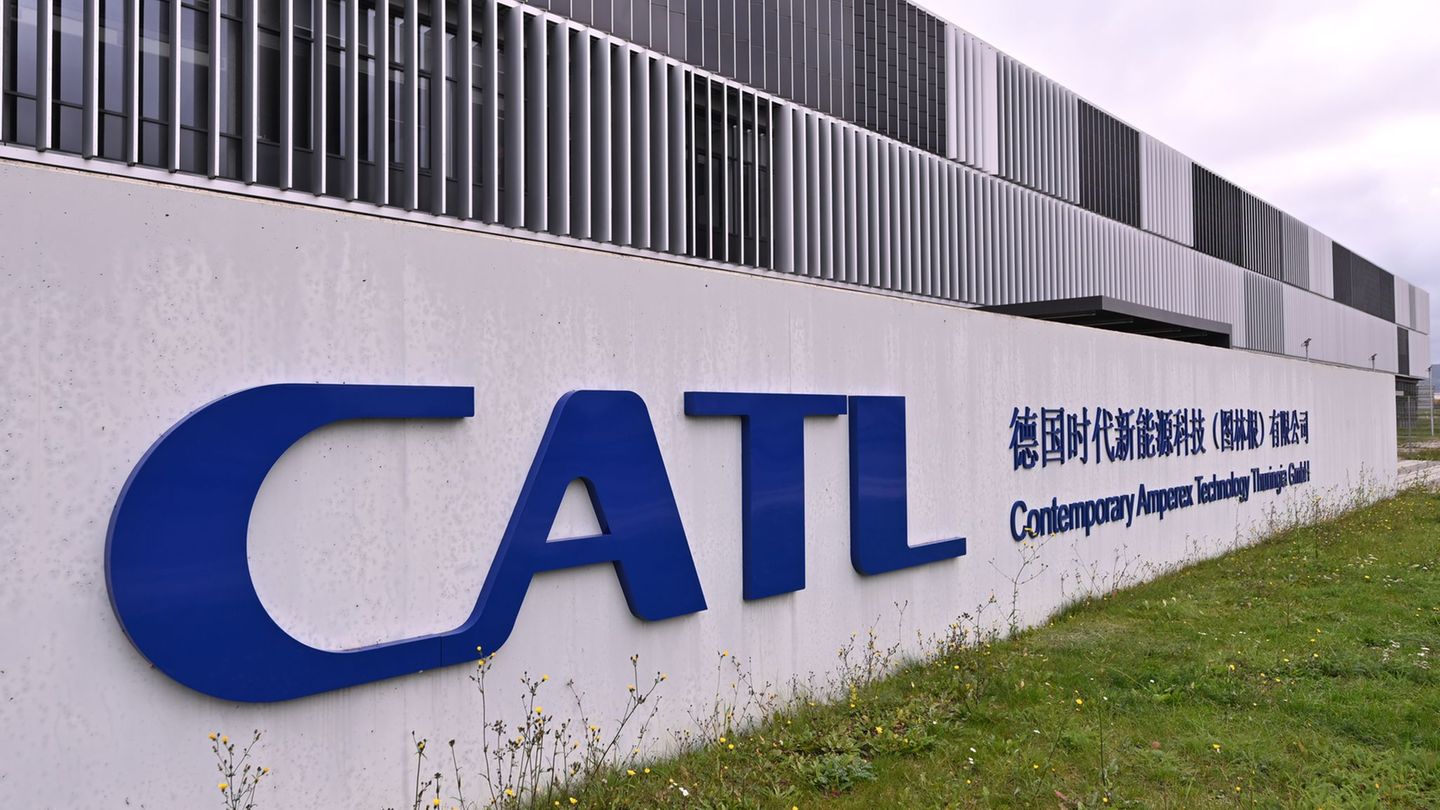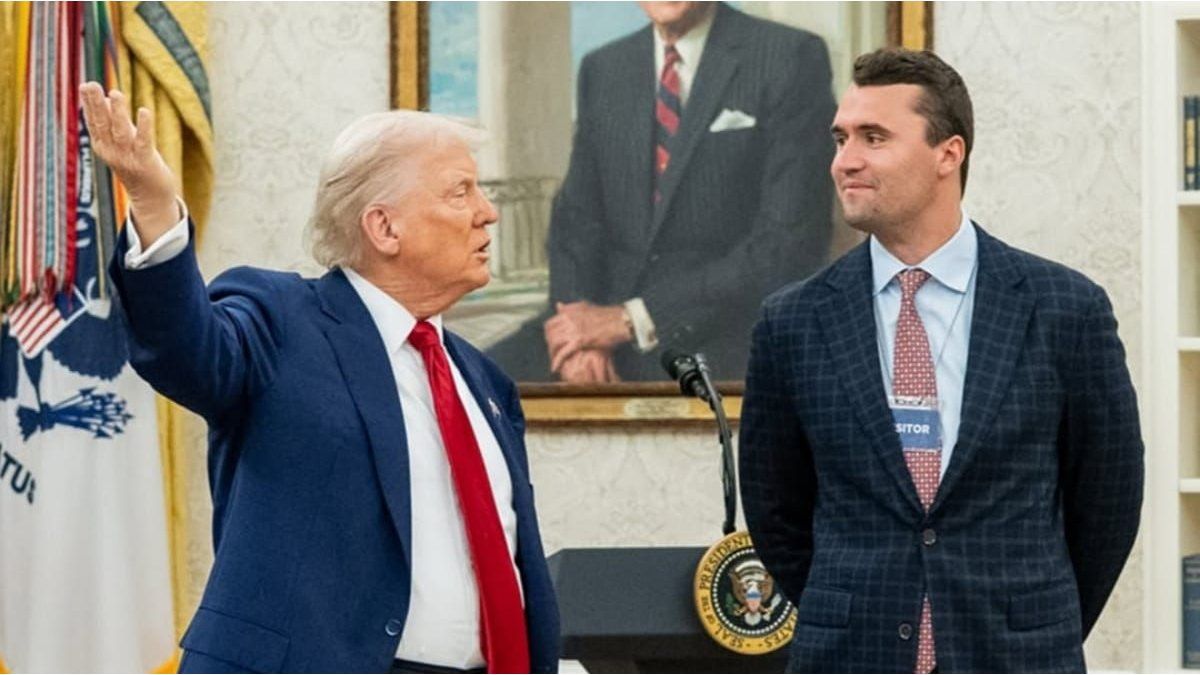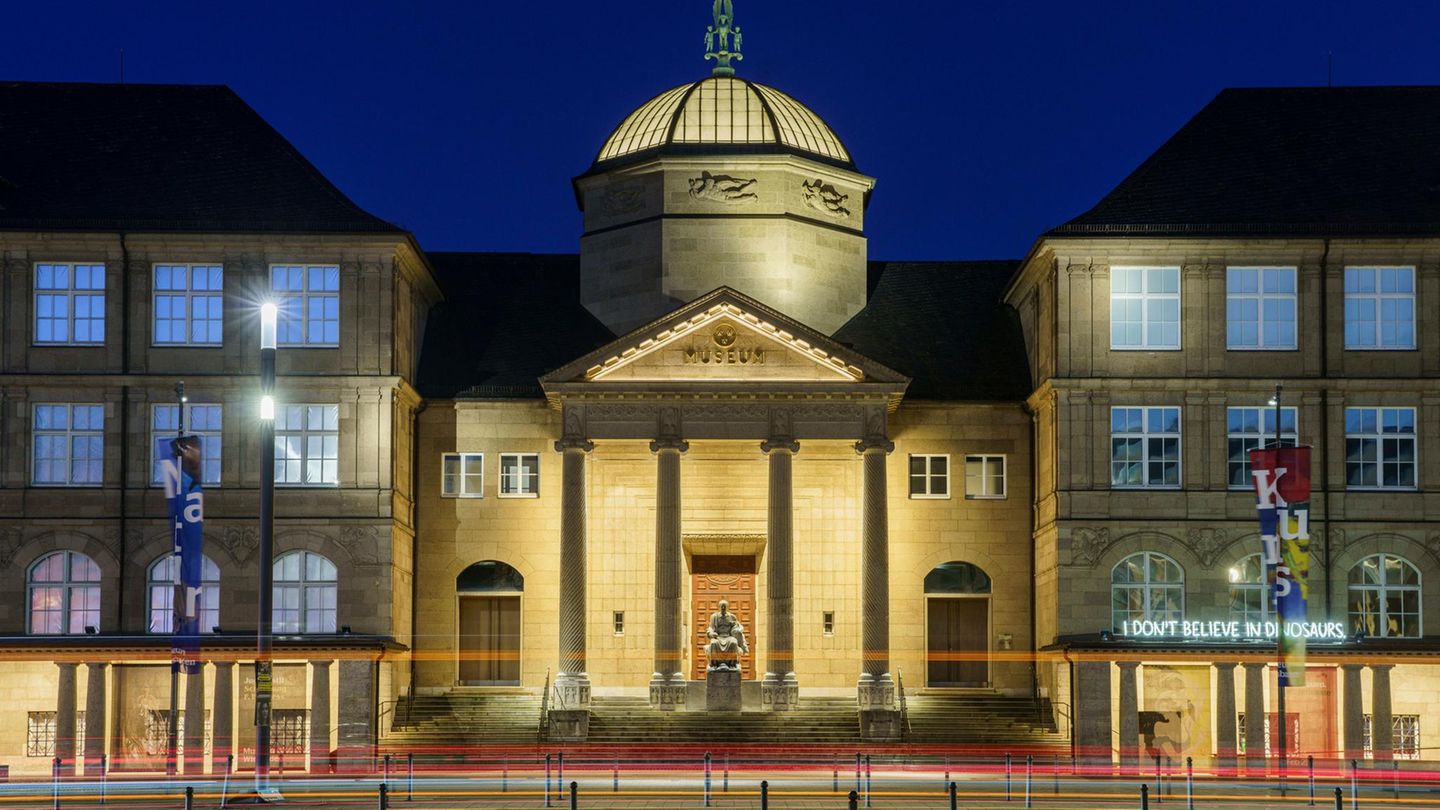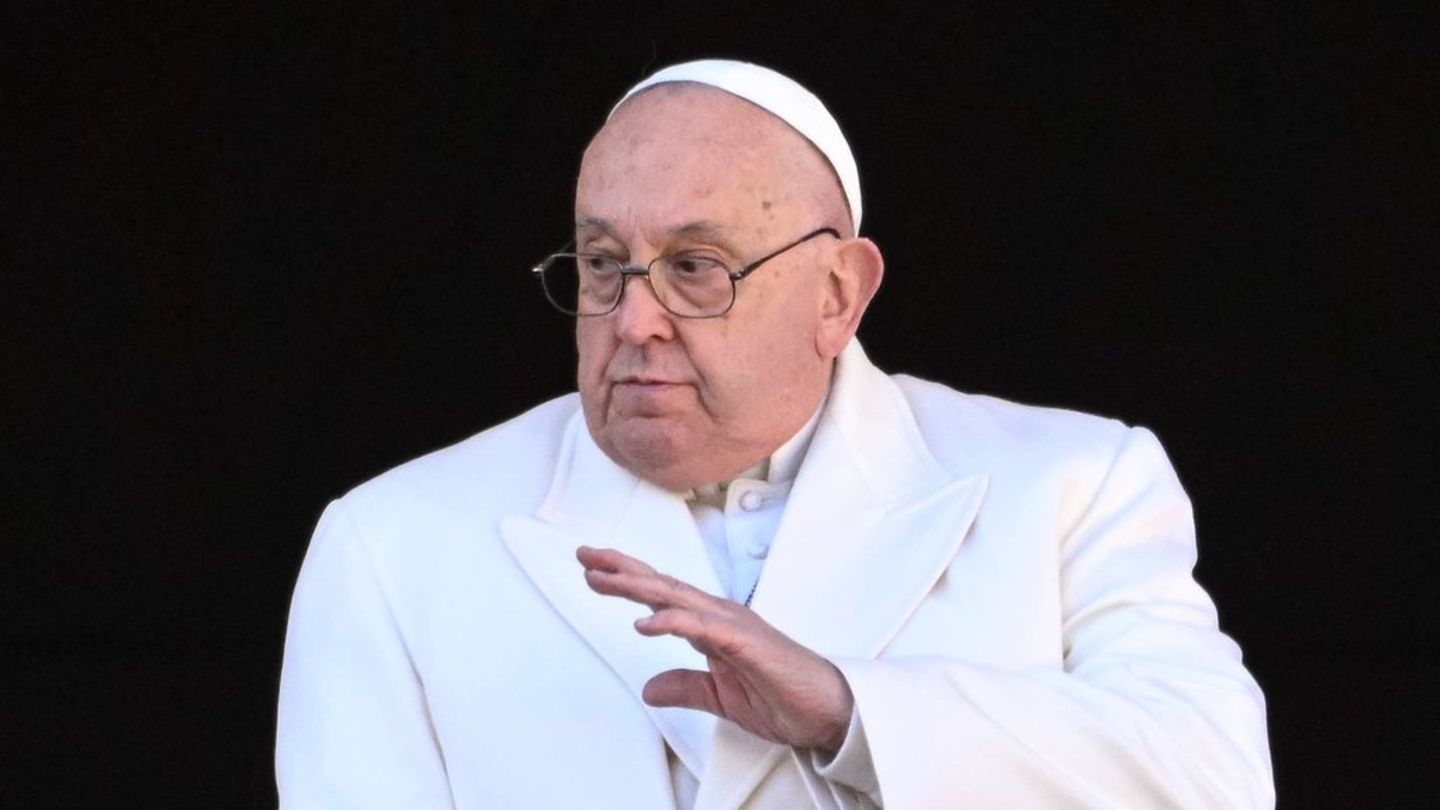I am an author and journalist who has worked in the entertainment industry for over a decade. I currently work as a news editor at a major news website, and my focus is on covering the latest trends in entertainment. I also write occasional pieces for other outlets, and have authored two books about the entertainment industry.
Menu
Mourning for Francis: How is his successor chosen now?
Categories
Most Read
Wegovy, the famous weight loss drug, has already arrived in Argentina
October 15, 2025
No Comments
There are 3 simple steps: the keys to recycling better from home
October 15, 2025
No Comments
Ginger: the food that helps relieve nasal congestion and is the best friend of professional singers
October 15, 2025
No Comments
Menus, promotions and gifts to celebrate Mother’s Day
October 14, 2025
No Comments
The hidden destination of La Rioja to enjoy different tourism: dream landscapes and full nature
October 14, 2025
No Comments
Latest Posts

Car batteries: Battery manufacturer CATL expands testing capacities
October 15, 2025
No Comments
AngelicaI am an author and journalist who has written for 24 Hours World. I specialize in covering the economy and write about topics such as

The US revoked the visa of an Argentine woman and five other foreigners for celebrating the murder of Charlie Kirk
October 15, 2025
No Comments
October 14, 2025 – 23:32 The North American government justified the measure by stating that “it will not welcome those who wish the death of

Taylor Swift: Your song triggers a rush of visitors in Wiesbaden
October 15, 2025
No Comments
Wiesbaden Taylor Swift song triggers a rush of visitors to the museum Listen to article Copy the current link Add to watchlist A pop song,
24 Hours Worlds is a comprehensive source of instant world current affairs, offering up-to-the-minute coverage of breaking news and events from around the globe. With a team of experienced journalists and experts on hand 24/7.

